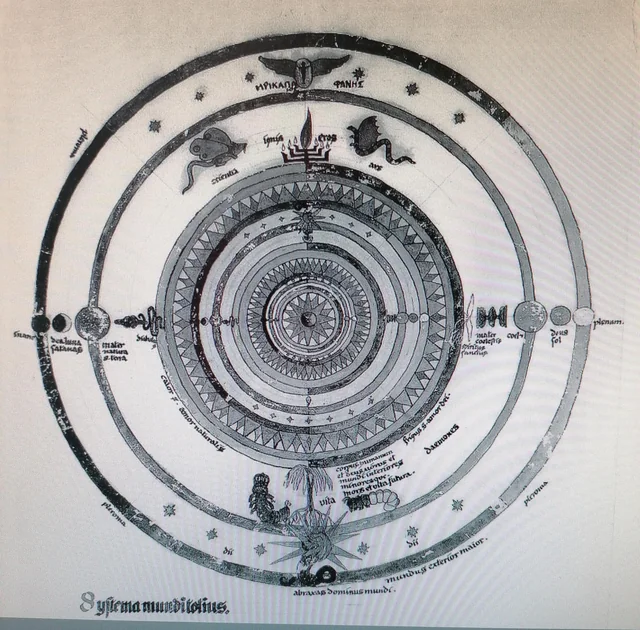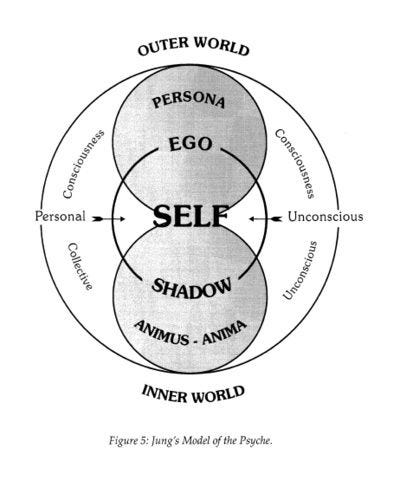Carl Jung Levels of the Psyche and the Self
1/34
There's no tags or description
Looks like no tags are added yet.
Name | Mastery | Learn | Test | Matching | Spaced |
|---|
No study sessions yet.
35 Terms
Mandala
This means magic circle in Sanskrit, the graphical representation of the self-made by Jung and his patients. It represents the strivings of the collective unconscious for unity, balance, and wholeness.

The self
It is an archetype also known as the archetype of archetypes that represents the wholeness of the person, it consists of the conscious and unconscious. Symbolized by Mandala

Conscious
sensed by the ego and has no relationship with the unconscious.
Ego
Contains in the conscious archetype, it is the center of consciousness but not the core personality but must be completed by the more comprehensive self
Personal Unconscious
embraces all repressed, forgotten, or subliminally perceived experiences of one particular individual
formed by our individual experiences and is therefore unique to each of us
Complex
Contents of the personal unconscious, largely personal. It is an emotionally toned conglomeration of associated ideas.
Collective unconscious
It has the roots in the ancestral past of the entire species, the physical contents of it are inherited and pass from one generation to the next as psychic potential.
They are active and influence a person’s thoughts, emotions, and actions.
It is responsible for people’s many myths, legends, and religious beliefs
Big dreams
Produced by the collective unconscious, are dreams with beyond meaning and that are filled with significance for people of every time and place
Archetypes
Are ancient or archaic images that are derive from the collective unconscious. Similar to complexes but are generalized and derive from the contents of the collective unconscious.
Instinct according to Jung
an unconscious physical impulse toward action and saw the archetype as the psychic counterpart to an instinct. In comparing archetypes to instincts
Archetypes originated from
the repeated experiences of humans’ early ancestors
Characteristics of Archetype
The potential for countless numbers of archetypes exists within each person, and when a personal experience corresponds to the latent primordial image, the archetype becomes activated
The archetype itself cannot be directly represented, but when activated, it expresses itself through several modes, primarily dreams, fantasies, and delusions
Source and proof of archetypes
Dreams
Other proof of archetypes
When Jung came across a book by the German philologist Albrecht Dieterich. Dieterich’s account of the sun-phallus of the Mithraic cult was nearly identical to the hallucination of the mental patient who, almost certainly, had no personal knowledge of the ancient initiation rite
Types of archetypes
Although a great number of archetypes exist as vague images, only a few have evolved to the point where they can be conceptualized. The most notable include
Persona
Shadow
Anima
Animus
Great mother
Wise old man
Hero
Self
Persona
An archetype, during the old times it is associated with a mask worn by actors in theater. It is the side of personality that people show to the world
Shadow
the archetype of darkness and repression, represents those qualities we do not wish to acknowledge but attempt to hide from ourselves and others.
Consists of morally objectionable tendencies as well as a number of constructive and creative qualities that we, nevertheless, are reluctant to face
First test of courage
To face and continually strive our shadow
It is easier to project the dark side of our personality onto others, to see in them the ugliness and evil that we refuse to see in ourselves
Realization of the shadow
To come to grips with the darkness within ourselves is to achieve it.
Anima
An archetype extremely resistant to being conscious and men’s feminine side. Few men are well acquainted with it
Second stage of courage
Gaining acquaintance of your anima/animus
What anima do represents?
Irrational moods and feelings
Who are the embodiment of anima?
A generalized and combined picture of women, from the man’s experience with women such as mother, sister, lover, etc.
Animus
An archetype extremely resistant to being conscious and women’s masculine side. Few women are well acquainted with it
What animus do represent?
Thinking and reasoning
Great mother
An archetype derived from the anima/animus, everyone man or woman have this archetype. Associated with qualities such as nurturing, love, compassion, and protection. It is often depicted in myths, stories, and religious traditions as a symbol of the feminine principle, representing the qualities of fertility, creativity, and abundance.
Wise old man
An archetype derived from the anima/animus, associated with wisdom and meaning, symbolizes humans’ preexisting knowledge of the mysteries of life.
Hero
An archetype represented in mythology and legends as a powerful person, a demigod, who fights against great odds to conquer or vanquish evil in the form of dragons, monsters, serpents, or demons. In the end, however, the hero often is undone by some seemingly insignificant person or event.
Heroic deeds can be performed only by someone vulnerable, an immortal person with no weakness cannot be a hero
Self-Realization
The highest possible level of psychic maturation necessitates a balance between conscious and unconscious, ego and self, masculine and feminine, and introversion and extraversion. Self-realized people would fully develop all four functions (thinking, feeling, sensing, and intuiting).
Individuation
Jung’s term for the process of becoming a whole person, that is, an individual with a high level of psychic development.